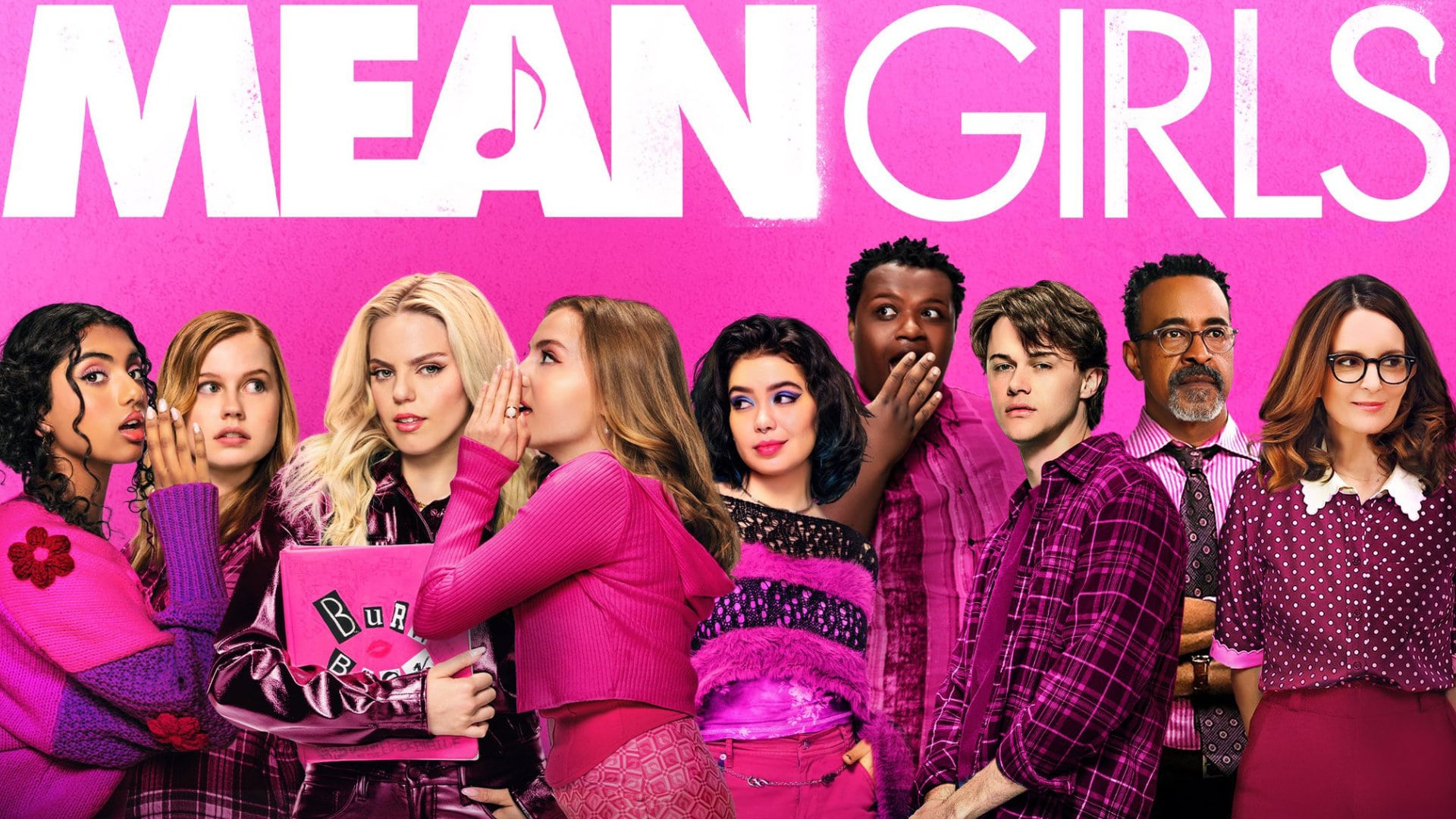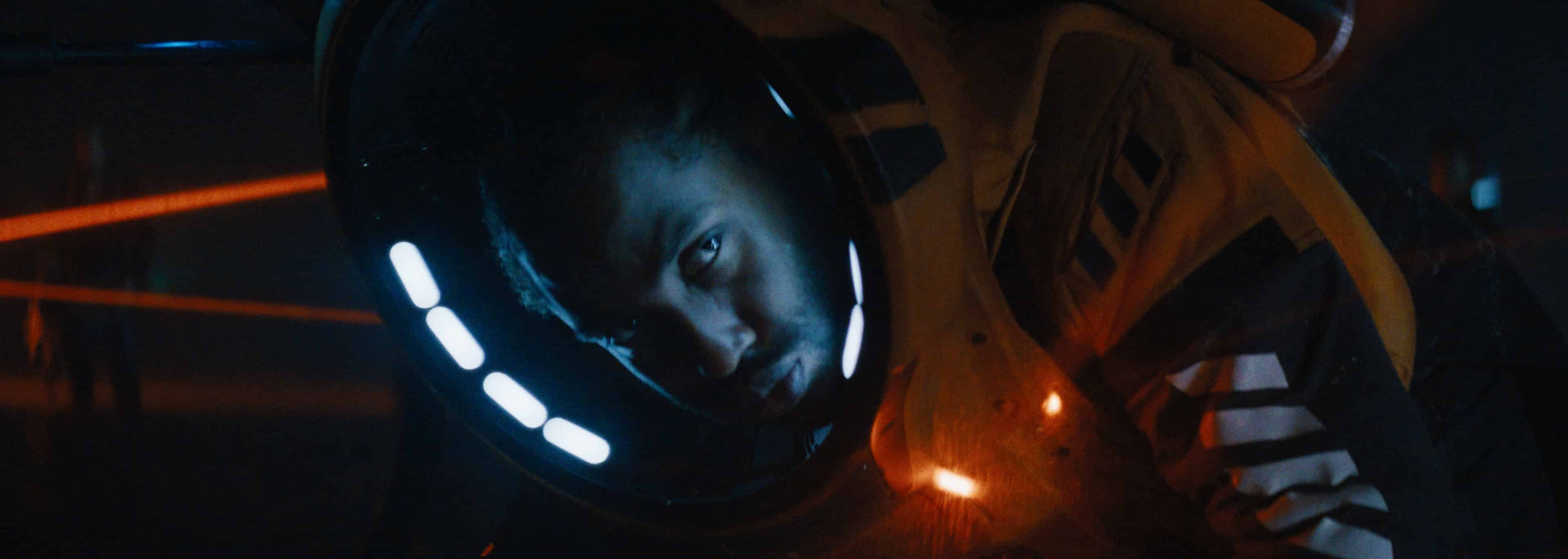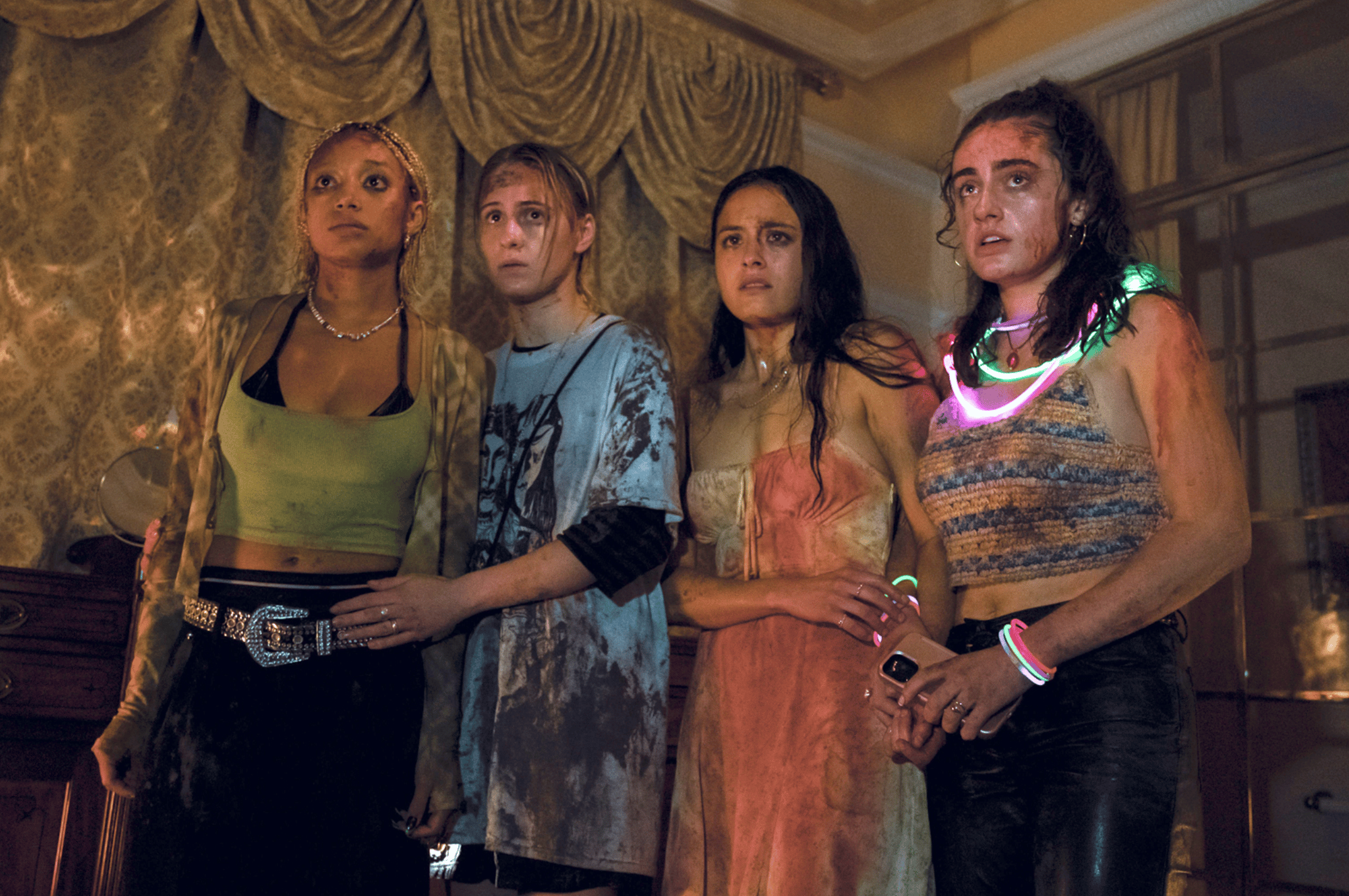
It would be an understatement to say that DC Comics has had a slightly hard time effectively adapting their vast library of characters to the big screen. Whether you adored Ben Affleck’s Batman, loathed Jared Leto’s Joker, or simply wish that Henry Cavill’s Superman would talk more, the reception has definitely been mixed when it comes to the DCEU.
However, one thing that fans are universally agreed on when it comes to DC’s current live action media output, is that television has been a far more successful medium for the company. Following the monumental ten year run of the CW’s Smallville, several characters from the pages of DC Comics have also made the jump to the small screen.

While Smallville was incredibly successful in a number of different ways, it’s biggest mistake was not allowing Clark Kent to fully embrace his destiny as Superman for an entire decade. Although the series was originally envisioned as an origin story for the character, the show’s ‘no flights no tights’ rule soon began to feel like an enormous piece of kryptonite holding it back from true greatness.
After learning from their mistakes with the aforementioned series, Warner Bros decided to greenlight Arrow as a fully-fledged superhero show that would not waste any waiting for its protagonist to suit up. The immense popularity of Arrow has since spawned two spin-offs, two multi-network crossovers and an entire shared universe of television greatness.
To celebrate the premiere of Arrow Season five, THN has compiled a list celebrating the numerous accomplishments of the CW’s Arrowverse. Check it out below!

- The Arrowverse has utilized some of DC’s lesser known comic book characters in a big way
Marvel has done a fantastic job of adapting a variety of obscure characters previously unknown to mainstream audiences. However, past failures such as Jonah Hex and Green Lantern have insured that Warner Bros has predominantly focussed on DC poster boys Batman and Superman. While the Dark Knight trilogy was undoubtedly a masterpiece and Man of Steel was an entertaining (yet flawed) summer blockbuster, fans have long yearned for a more diverse range of characters.
Fortunately, that’s where the Arrowverse comes in. With the television universe currently standing at four seasons of Arrow, two seasons of The Flash, one season of Legends of Tomorrow and one season of Supergirl, it has had quite a bit of time to explore some truly weird and wonderful characters. The DCEU has always had an uphill battle of competing with Marvel in regards to their big screen slate. But, the Arrowverse has been lucky enough to have over fifteen episodes, per season, per show to introduce viewers to some very colourful heroes and villains.
Although there have always been limitations with which characters can be used on the small screen (virtually anyone from the Batman universe), this certainly hasn’t stopped the CW. Audiences have now become familiar with characters such as Hawkman, Hawkgirl, The Atom, Captain Cold, The Dark Archer and Firestorm. To the uninitiated these names may sound a tad preposterous, but these are all characters that have had substantial screen time in which to develop, evolve and emotionally invest viewers. Talented actors such as Brandon Routh, Wentworth Miller and John Barrowman have each given multi-levelled performances that have insured these characters are now firm fan-favourites among comic book readers and casual viewers.

- The Arrowverse has revitalised the on-screen superhero ‘sidekick’
The superhero companion, teammate or ‘sidekick’, is something of a danger zone for modern superhero adaptations in mainstream media. This may seem a little strange when considering how far the genre has come in recent years. However, the finger can quite easily be pointed to 1997’s Batman and Robin as the clear culprit. Robin can arguably be identified as the most well-known sidekick in Film and Television. Although, he has also been heavily branded as a joke in response to his poor depiction throughout every live action iteration of the character.
It is unfair to blame 1966’s Batman: The Movie for its campy interpretation of Robin, as it was largely a product of its time. However, audiences can agree that the character’s portrayal as a hollow, whiny, irritating adolescent in Batman Forever and its sequel was unforgivable. As a result, the character has never made another live action appearance and sidekicks have since become a distant memory of the past. This is only reinforced by the fact that Batman V Superman made such a point of establishing Robin as dead in the film earlier this year.
Although each show in the Arrowverse is different, they all follow a similar team-based format. This typically consists of a central hero alongside one or two friends who assist them with tech-based equipment and military-level intel. While this format has evolved over the course of each show, it has done a remarkable job of extinguishing the sidekick generalisation. This has been accomplished by merely (shock horror) establishing each character within their respective team as a real person. By firmly exploring the emotional impact of narrative events on their central characters, Arrow, The Flash, Legends and Supergirl have made sure that audiences know the title character isn’t the only character.

- The Arrowverse has found a balance between the light and darkness
Over the past few years the big screen prevalence of comic book properties has (unfortunately) ensured that they now fall into two categories: ‘fun’ superhero films and ‘dark, gritty’ superhero films. This categorisation is undoubtedly a result of the sharp divide between the two most successful superhero franchises of the past decade. These are of course Christopher Nolan’s Dark Knight Trilogy and Marvel studios’ cinematic universe consisting of light, family friendly outings such as Iron Man and Guardians of the Galaxy.
This is a trope that the Arrowverse has managed to avoid spectacularly by accomplishing something no studio has managed thus far…combining the two. As the universe is currently built up of four television shows, each one has the privilege of being unique in its story, visual style and narrative tone. Arrow may have initially begun as the spiritual lovechild of Nolan’s now classic Batman trilogy, but each successive series has insured that the universe is certainly not all doom and gloom.
This means that over the past two years’ audiences have been treated to four separate superhero adventures shows, with four separate and distinct voices. However, each crossover between them has also reminded viewers that sometimes Arrow’s street-level antics can veer into the world of sci-fi. And likewise, the fun and light-hearted world of The Flash can also benefit from a touch of darkness sometimes.

- The Arrowverse has made the Green Arrow relevant
Back in the early 2000’s when Smallville was at the height of its popularity, the show began introducing famous members of the Justice League. However, there was a certain member of the elite team that appeared to be permanently off limits (no matter how hard the producers tried). This character was of course the caped crusader himself, Batman. With Clark Kent requiring a vigilante mentor to usher the big blue boy scout into his own tights, there was only one realistic alternative. This resulted in the first live action interpretation of the Green Arrow (played by a devilishly chiselled Justin Hartley).
Hartley is a very talented actor who delivered an entertaining, fan-favourite incarnation of Oliver Queen for five seasons of Smallville. However, as the show solely functioned as a Superman origin story, Oliver was quite often physically and narratively left on the side-lines. Although the series attempted to add emotional layers to Oliver’s character, it never quite felt like we spent enough time with him.
But (as we know) the Green Arrow quickly received an updated interpretation shortly after the conclusion of Smallville. Stephen Amell’s Oliver Queen resonated with viewers quicker than producers could have imagined, largely due to the grounded realism that had been injected into the character. By taking a leaf from the now-classic Nolan playbook and placing Arrow in a dark, gritty world that heavily reflected the post 9/11 aesthetic of The Dark Knight trilogy, the Green Arrow was now identifiable. Not only was the emerald archer now a rough-around-the-edges Bourne-esque warrior, but he was also emotionally damaged and vulnerable. This resulted in a version of the character that audiences have tuned into ever since, while also creating an iconic, recognisable hero that had previously been branded as poor man’s Batman.

- The Arrowverse has created the most expansive, inter-connected television universe of all time
In case it hadn’t been mentioned enough by this point, the Arrowverse is currently comprised of four different television shows. While some may overlook this as nothing more than an overload of costumed crime fighters dominating our screens, this enormous achievement should definitely be commended. Buffy and Angel were generous enough to treat viewers to occasional crossover appearances, while Doctor Who had brief, fleeting moments of interaction with Torchwood and Sarah Jane Adventures.
However, these shows never truly managed to feel as if they were one, big, unified world of characters who could interact and team-up at any point. The Arrowverse has accomplished this magnificently over the course of the past four years. Not only do each of the characters within each respective series reference one another on regular basis, but each season now includes an annual crossover event that brings them together for at least two episodes. Typically, each of these shows will have a twenty-three-episode season, which gives them the benefit of not letting each successive crossover interfere or distract from their central story for too long. The length of time the writers have been given to establish characters, narrative threads and connective tissue, means that the Arrowverse has accomplished a cohesive universe that even gives Marvel Studios a run for its money.
On top of that, this has all been achieved without the exciting addition of Supergirl. After a special cross-network collaboration resurrected Matt Ryan’s excellent Constantine and brought him into the Arrowverse, the CW has also adopted Supergirl as the newest addition to their ranks. With four shows, one animated series, an annual crossover and some of the best looking special effects on television, it would appear that the Arrowverse has a long and healthy life ahead of it.
You can read THN’s exclusive interview with Willa Holland and Katrina Law here. Also be sure to check out other DC features every day this week!

1 Comment
Leave a Reply
Leave a Reply
Latest Posts
-


Interviews
/ 9 hours agoLucy Lawless on creating debut documentary ‘Never Look Away’
Lucy Lawless is best known to the world as an actor. She first came...
By Kat Hughes -


Interviews
/ 10 hours agoNicholas Vince recounts the journey of ‘I Am Monsters’ from stage to screen
Nicholas Vince is an actor with a history of playing monsters. He is best...
By Kat Hughes -


Film Trailers
/ 1 day ago‘How To Train Your Dragon’ live-action film gets a first teaser
The new movie lands next summer.
By Paul Heath -


Film News
/ 1 day agoRelease date announced for ‘Bring Them Down’ with Christopher Abbott and Barry Keoghan
MUBI has announced the release date for Bring Them Down, Christopher Andrews’ directorial debut. The...
By Paul Heath












Pingback: DC Comics week: The biggest accomplishments of the Arrowverse | Box Office Collections